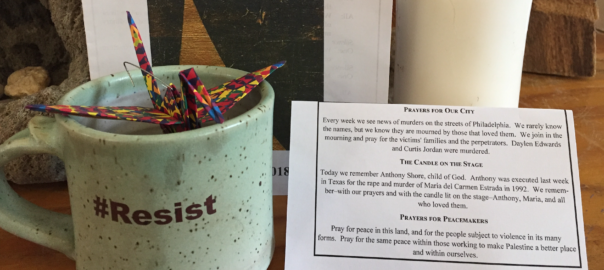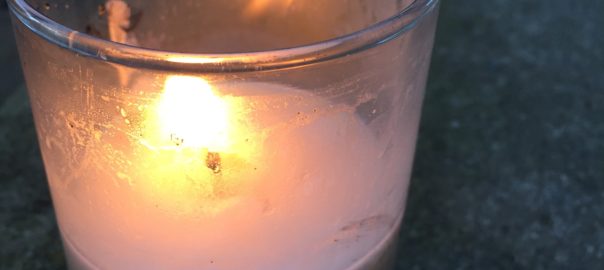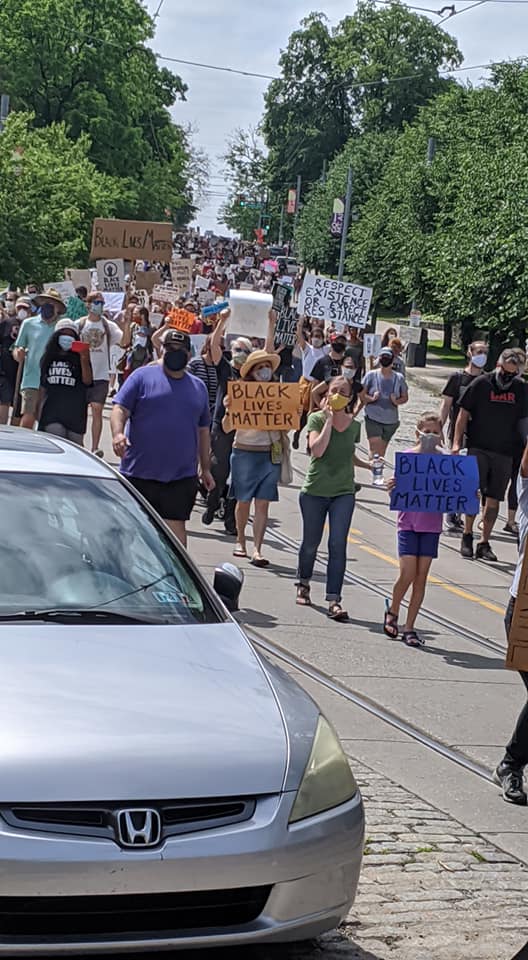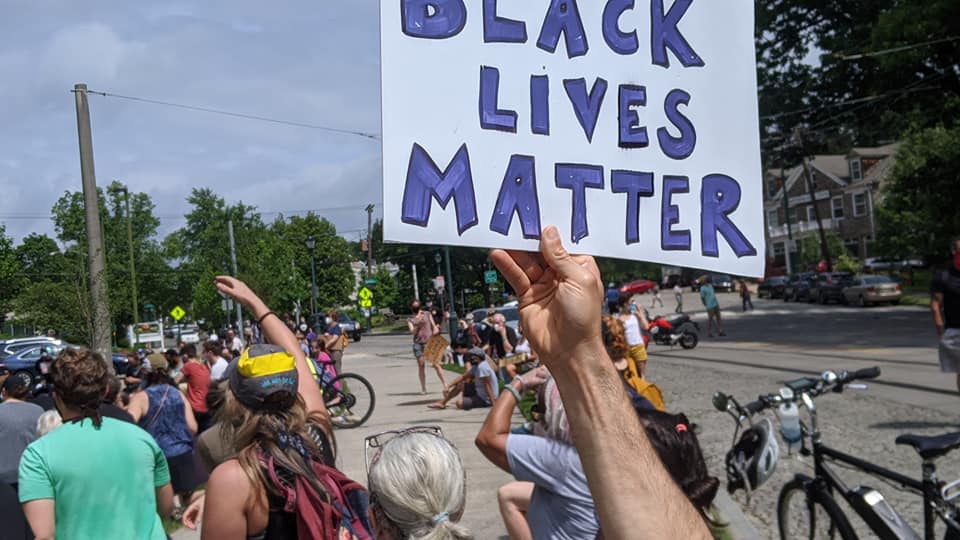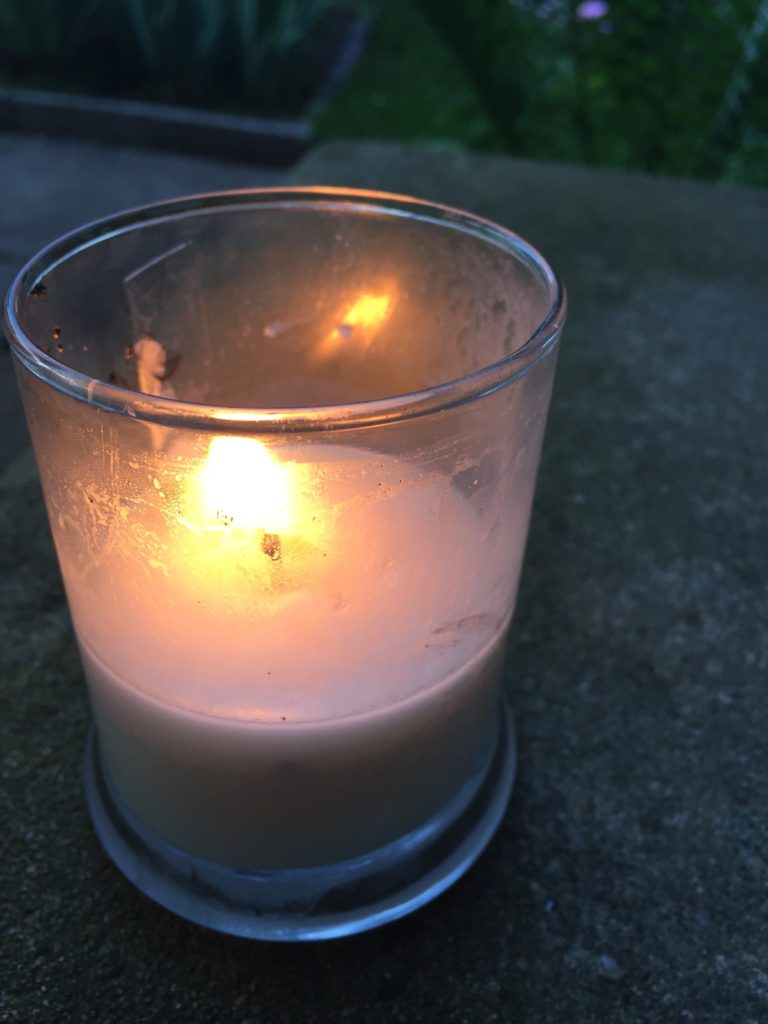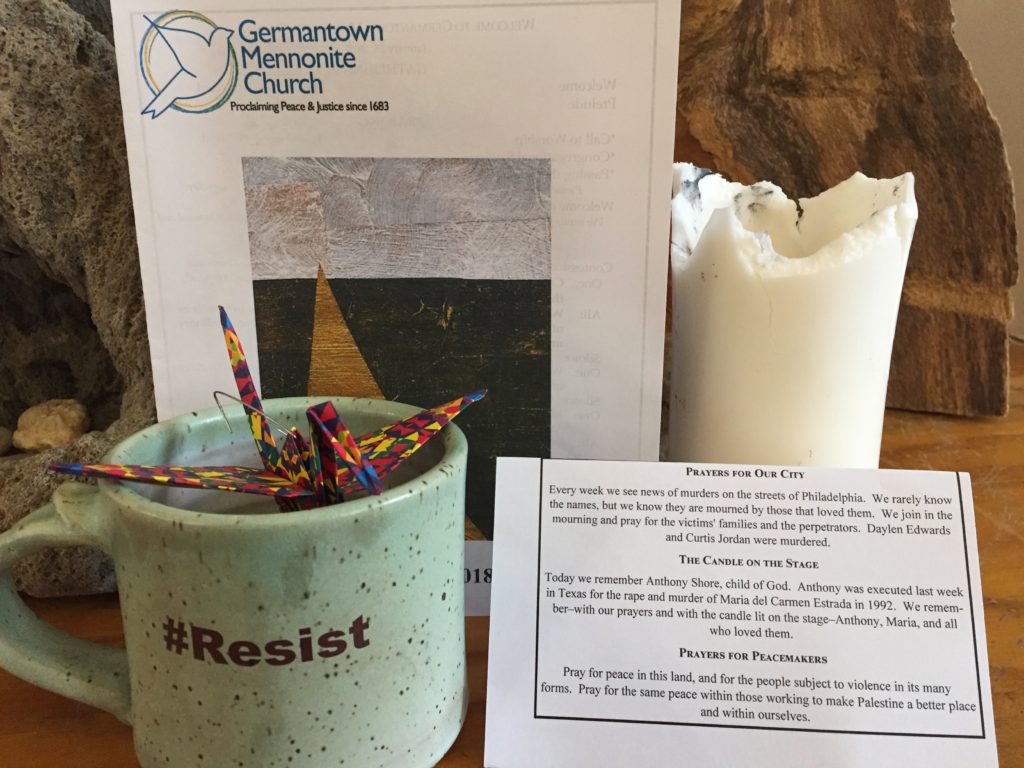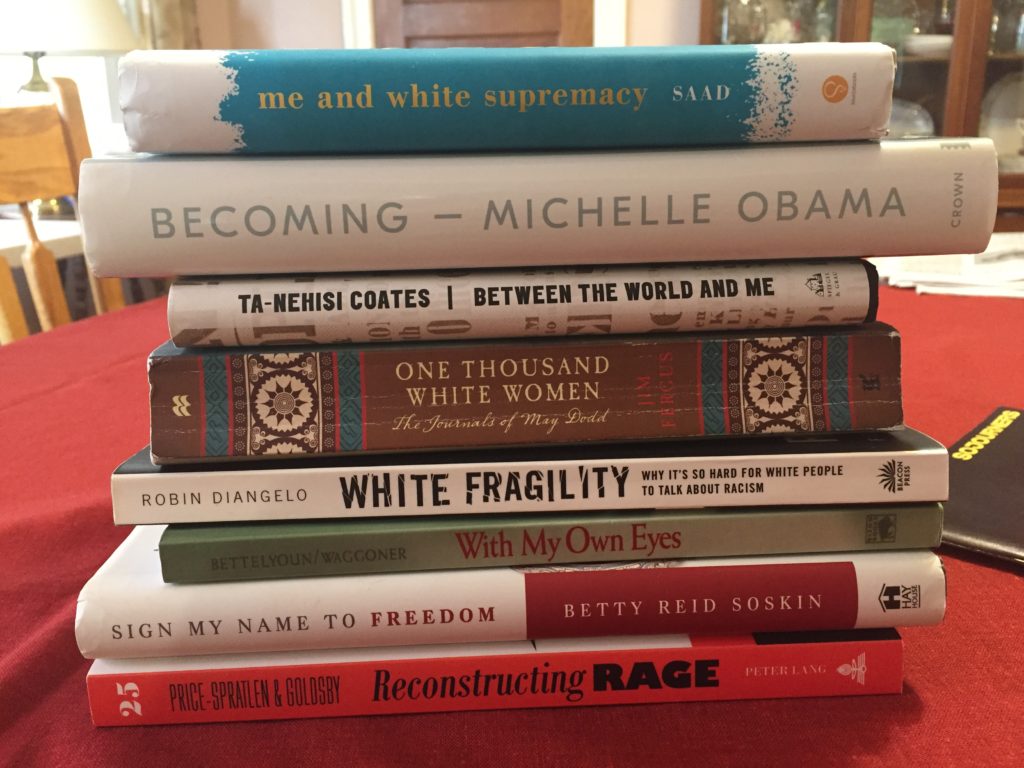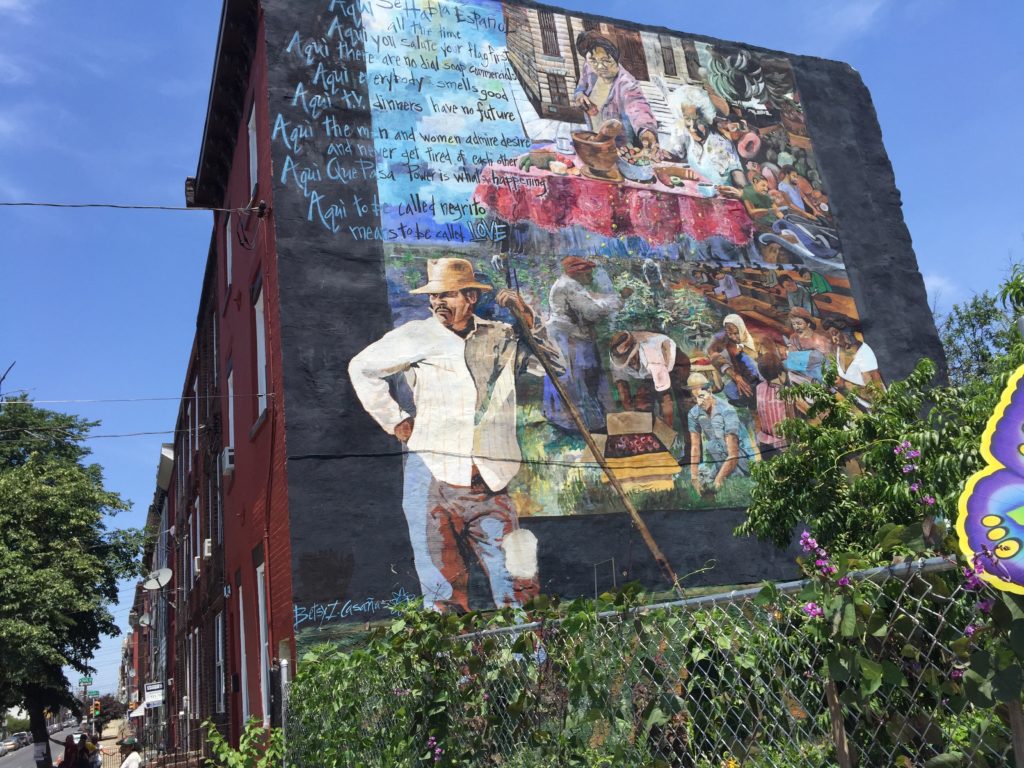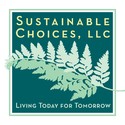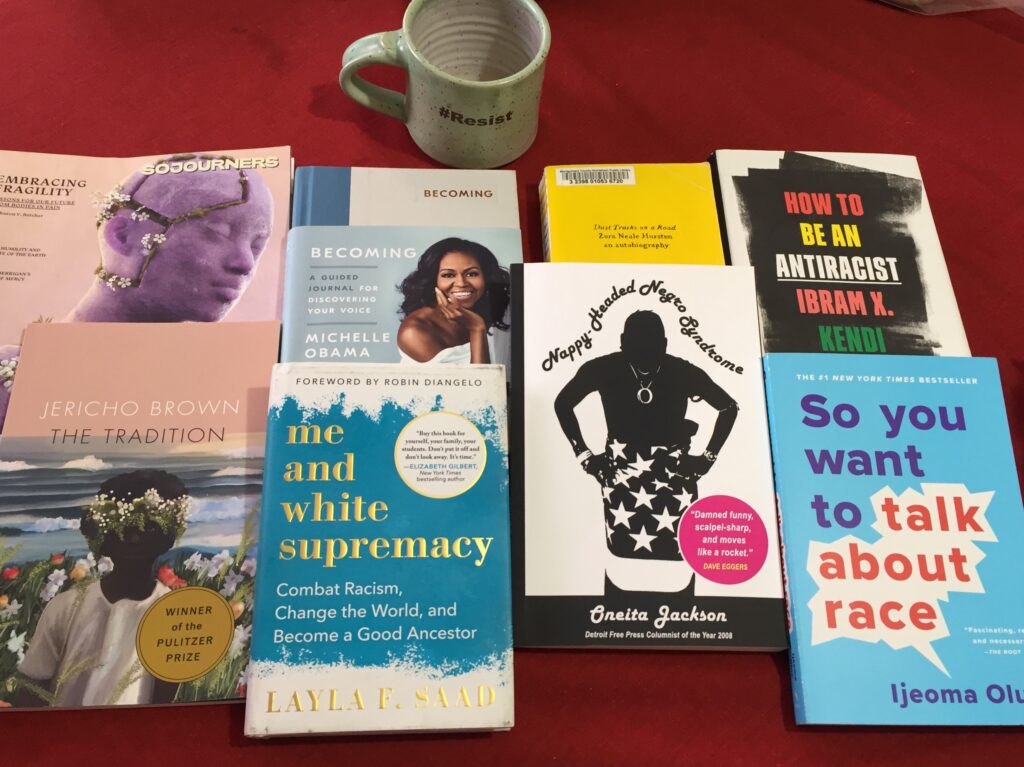
One of the problems of white supremacy culture is that the culture centers on white people, and sees things through only white people’s eyes, for the benefit of white people.
As I worked with creating a 5-minute talk about Layla Saad’s book, me and white supremacy, I had a good talk written and ready to go. Practiced, re-written, honed. but it didn’t sit right.
Good story. All about what I had learned, how I had grown, the significance to me of facing hard questions, not only looking at white supremacy culture, but also looking at how facing white supremacy was helping me with other challenges in my life.
It was all about me.
I had to toss it.
This reflection is not as put together, but here are some points from Layla Saad’s book.
First: we can’t do this right. Do it anyway. You’re going to make mistakes. Make them. Learn, and start again.
Second: this is not easy, and if you can walk away from facing white supremacy culture, and you can take a break from racism, you will be compelled to do so. When that happens, and you take a break, start again.
Third: where is your learning sweet spot? I like numbers, so a 21-day challenge of reading or practicing a new pattern every day and logging it motivates me. But you might have a different motivation. Find your motivation for learning about white supremacy culture, and make a commitment to do so. We need good ancestors.
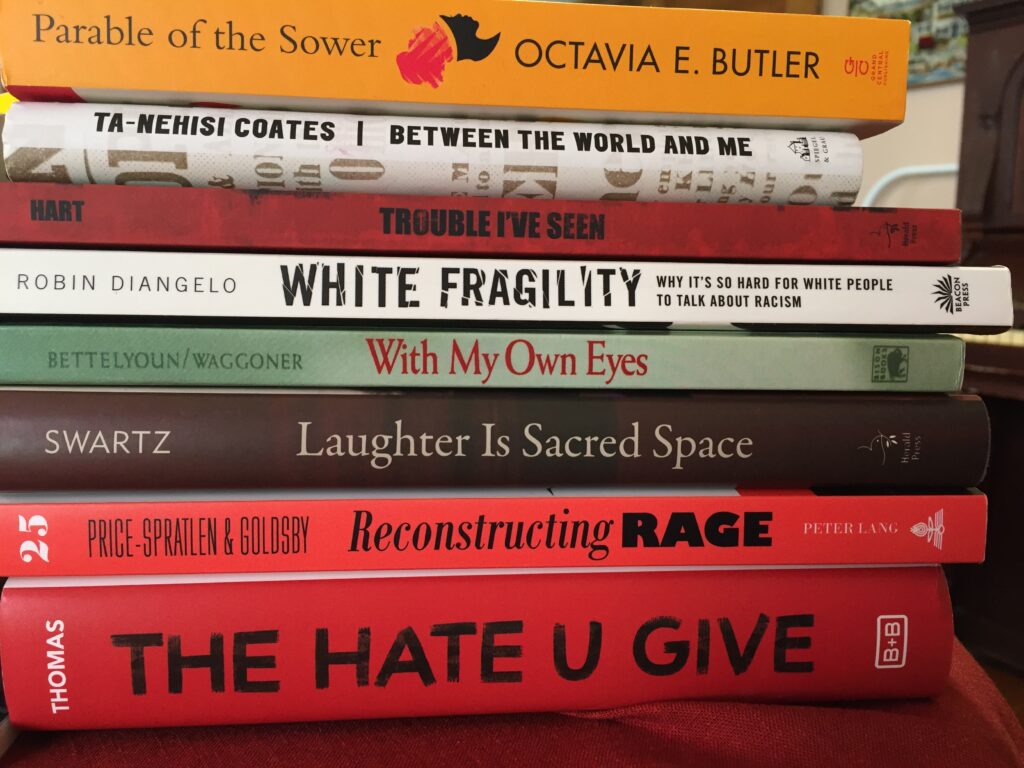
Fourth: Facing white supremacy culture is uncomfortable. Practice staying present in uncomfortable conversations. Stay present. Understand and unpack your discomfort. The goal is to stop harming black and brown people.
Fifth: Imagine walking in another’s shoes. I can’t tell you disclosing stories about the racially diverse situations that I’m in, so let’s look at publicly written work. Austin Channing Brown wrote a book called “I’m still here”. She writes about her experiences as a black woman within a white culture dominated evangelical church. When she describes meetings that harm and isolate her, I can see myself sitting in those same meetings, unaware that what is going on is harmful.
Arundhati Roy says
“The trouble is that once you see it, you can’t unsee it. And once you’ve seen it, keeping quiet, saying nothing, becomes as political an act as speaking out. There’s no innocence. Either way, you’re accountable.”
Austin concludes her book by saying she doesn’t have hope, but she is living in the shadow of hope. This is helpful to me, not only in the realm of dismantling white supremacy, but in other areas of my life where I can’t see hope.
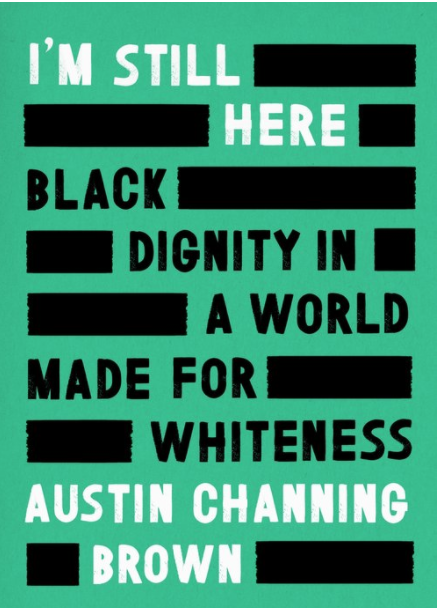
I’ll accept that as I’m attempting to center on black and brown people, I’m failing. I keep circling back to me.
Focusing back on Layla Saad’s book, clearly, I’m working on stepping into difficult topics and conversations. I’m also working on hearing correction without being defensive, and speaking out without first covering myself by getting someone else’s authority. In each of these healthier patterns, I’m vulnerable, I’m exposed.
Of course, I’m having a repetitive naked dream. In the dream I’m going about my business, shopping, driving, walking in a crowd, and I’m naked. And you know what? No one cares. It’s not about me. I don’t need to be hidden and falsely protected. I am in own my skin.
Thanks for listening.
